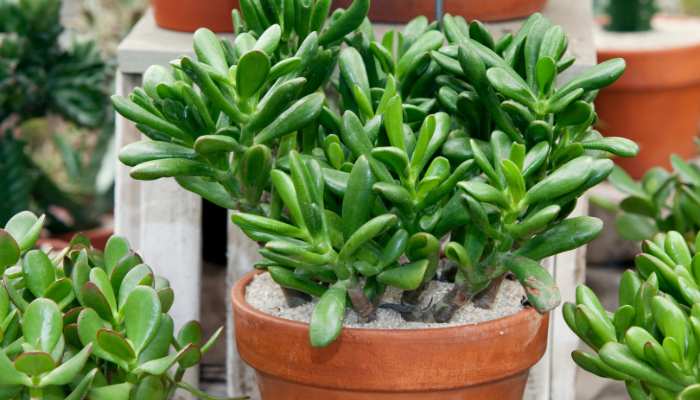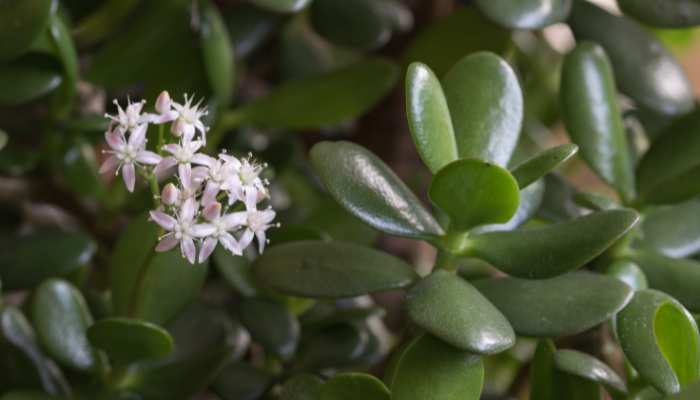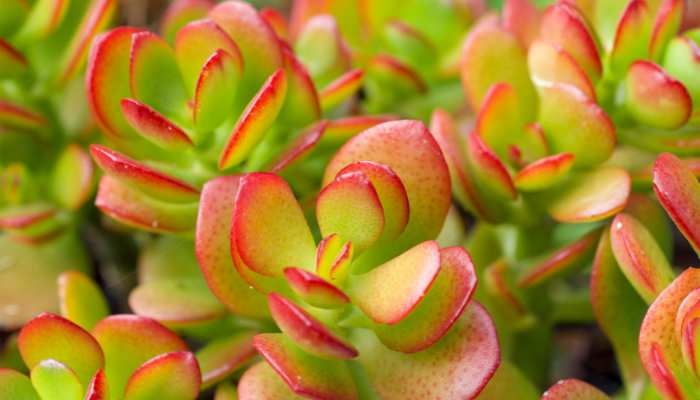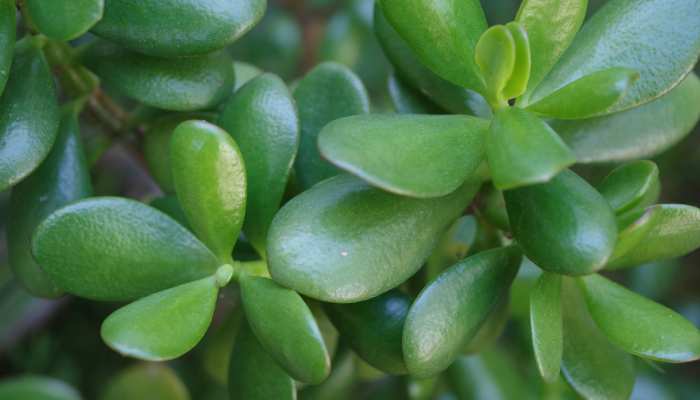If You Are Looking Jade Plant Care Guide then this Blog Help You.
Introduction
Welcome to the world of jade plants! If you’re looking to add a touch of green to your space without the hassle of high-maintenance care, then you’re in the right place. In this guide, we’ll explore everything you need to know to keep your jade plant happy and thriving. From watering tips to sunlight requirements, we’ve got you covered. So, let’s dive in and uncover the secrets to successful jade plant care.
Jade Plant Care Table of Contents
Understanding Jade Plants
Jade plants, scientifically known as Crassula ovata, are popular succulents native to South Africa. They are characterized by their thick, fleshy leaves and tree-like appearance. These plants are not only beautiful but also relatively easy to care for, making them perfect for both beginner and seasoned gardeners alike.

Choosing the Right Pot
When selecting a pot for your jade plant, opt for one with adequate drainage holes to prevent waterlogging. Additionally, choose a pot that allows room for growth as jade plants have a tendency to become top-heavy.
Ideal Soil Mix
Jade plants thrive in well-draining soil with a slightly acidic to neutral pH. A mix of potting soil and perlite or sand works well to ensure proper drainage and prevent root rot.
Sunlight Requirements
Place your jade plant in a location with bright, indirect sunlight. While these plants can tolerate some direct sun, too much exposure can lead to sunburned leaves.
Watering Needs
One of the most common mistakes in jade plant care is overwatering. Allow the soil to dry out completely between waterings, then water thoroughly, ensuring excess water drains away.

Temperature and Humidity
Jade plants prefer temperatures between 65°F and 75°F (18°C to 24°C) and can tolerate dry indoor air. However, they are sensitive to cold drafts and frost, so be sure to protect them during the winter months.
Fertilizing Your Jade Plant
Feed your jade plant with a balanced, water-soluble fertilizer diluted to half strength during the growing season (spring and summer). Avoid fertilizing during the winter months when growth slows down.
Pruning and Propagation
Regular pruning helps maintain the shape and size of your jade plant. Additionally, jade plants are easy to propagate from stem or leaf cuttings, allowing you to expand your collection or share with friends.
Common Pests and Problems
Keep an eye out for common pests such as mealybugs and spider mites, which can infest jade plants. Treat infestations promptly with insecticidal soap or neem oil to prevent spread.
Benefits of Growing Jade Plants
Aside from their ornamental value, jade plants offer numerous benefits, including purifying the air, reducing stress, and bringing good luck according to Feng Shui principles.

Jade Plant Vastu
Jade plants hold significant importance in Vastu Shastra, the traditional Indian system of architecture and design. According to Vastu principles, jade plants are believed to attract positive energy, prosperity, and good luck into the home. Placing a jade plant in certain areas of the house is thought to bring about various benefits. Here are some Vastu tips regarding jade plants:
- Placement: Place jade plants in the southeast corner of your home or office to attract wealth and abundance. This corner is associated with the wealth and prosperity zone according to Vastu principles.
- Avoidance of Bedroom: It’s generally advised not to keep jade plants in the bedroom, as plants in the bedroom are believed to disrupt the balance of energy and may interfere with sleep.
- Size Matters: Larger jade plants are often preferred over smaller ones for Vastu purposes, as they symbolize greater prosperity and growth.
- Regular Care: Ensure that your jade plant is healthy and well-maintained, as wilted or dying plants are believed to attract negative energy according to Vastu principles.
- Symbolism: In Vastu, jade plants are seen as symbols of growth, renewal, and vitality. Keeping a jade plant in your home is believed to promote harmony and balance in the living environment.
By following these Vastu guidelines for jade plants, you can create a positive and harmonious atmosphere in your living space while inviting prosperity and abundance into your life.
Jade Plant Care Conclusion
In conclusion, caring for a jade plant is a rewarding experience that anyone can enjoy. By following the simple tips outlined in this guide, you can ensure your jade plant thrives and remains a beautiful addition to your home or office space.
FAQs (Frequently Asked Questions)
1. How often should I water my jade plant?
Water your jade plant when the top inch of soil feels dry to the touch, typically every 2-3 weeks depending on environmental conditions.
2. Can I keep my jade plant outdoors?
Jade plants can be grown outdoors in temperate climates, but they should be brought indoors during colder months to avoid frost damage.
3. Why are the leaves of my jade plant turning yellow?
Yellowing leaves on a jade plant can be a sign of overwatering or insufficient sunlight. Adjust watering and lighting conditions accordingly.
4. Is it normal for my jade plant to drop leaves?
Some leaf drop is normal as older leaves naturally senesce. However, excessive leaf drop may indicate stress or improper care.
5. How do I revive a dying jade plant?
If your jade plant is struggling, assess its care routine and make necessary adjustments. Trim away any dead or rotting parts and repot in fresh soil if needed. With proper care, jade plants can often recover from setbacks.
















